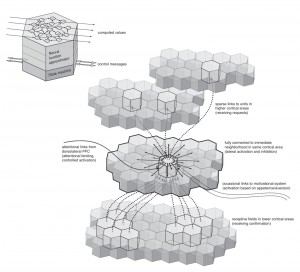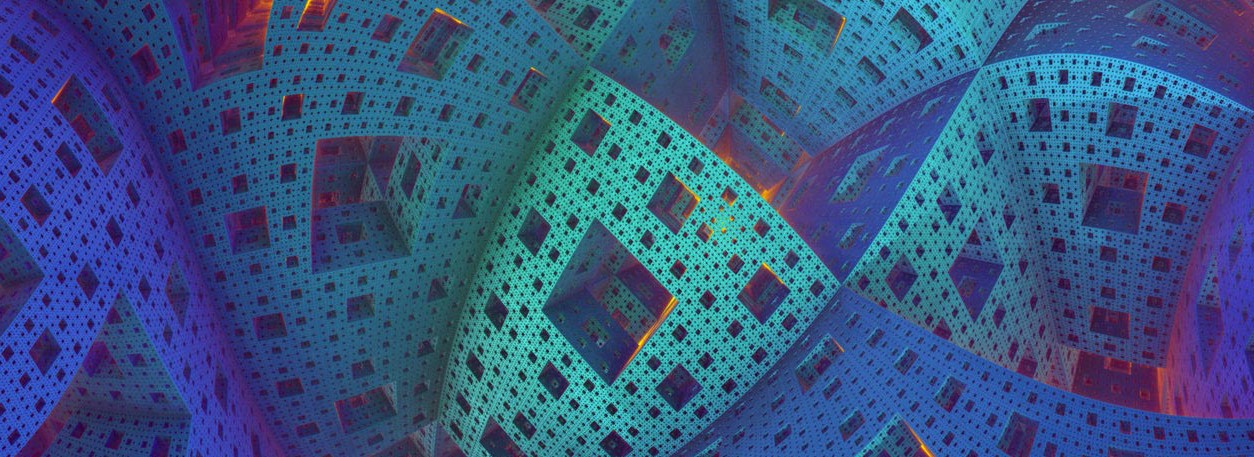 Human thought processes are both symbolic and associative. The neocortex must combine analytic, symbolic operations and distributed, probabilistic processing. Differential attention shapes the construction of models.
Human thought processes are both symbolic and associative. The neocortex must combine analytic, symbolic operations and distributed, probabilistic processing. Differential attention shapes the construction of models.
Below the cortex, the motivational system enables reinforcement learning, decision making and action regulation. Together with infrastructure that modulates cortical and physiological activity, and the thalamic interface to the environment, the brain forms a complex functional architecture that we want to map.
Topics:
- Towards a “language of thought”
- Unified modes of representation for perceptual patterns, sensorimotor simulations, conceptual manifolds and linguistic entities
- Learning invariant structure, operating on variable state
- A cortical architecture model to combine general function approximation with compositionality
- On the interface between thought and perception
- The interaction between distributed probabilistic representations and discrete analytical operations
- Autonomy, agency and prosociality
- Neurobiologically plausible mechanisms of reward, motivation, modulation, and attention control

